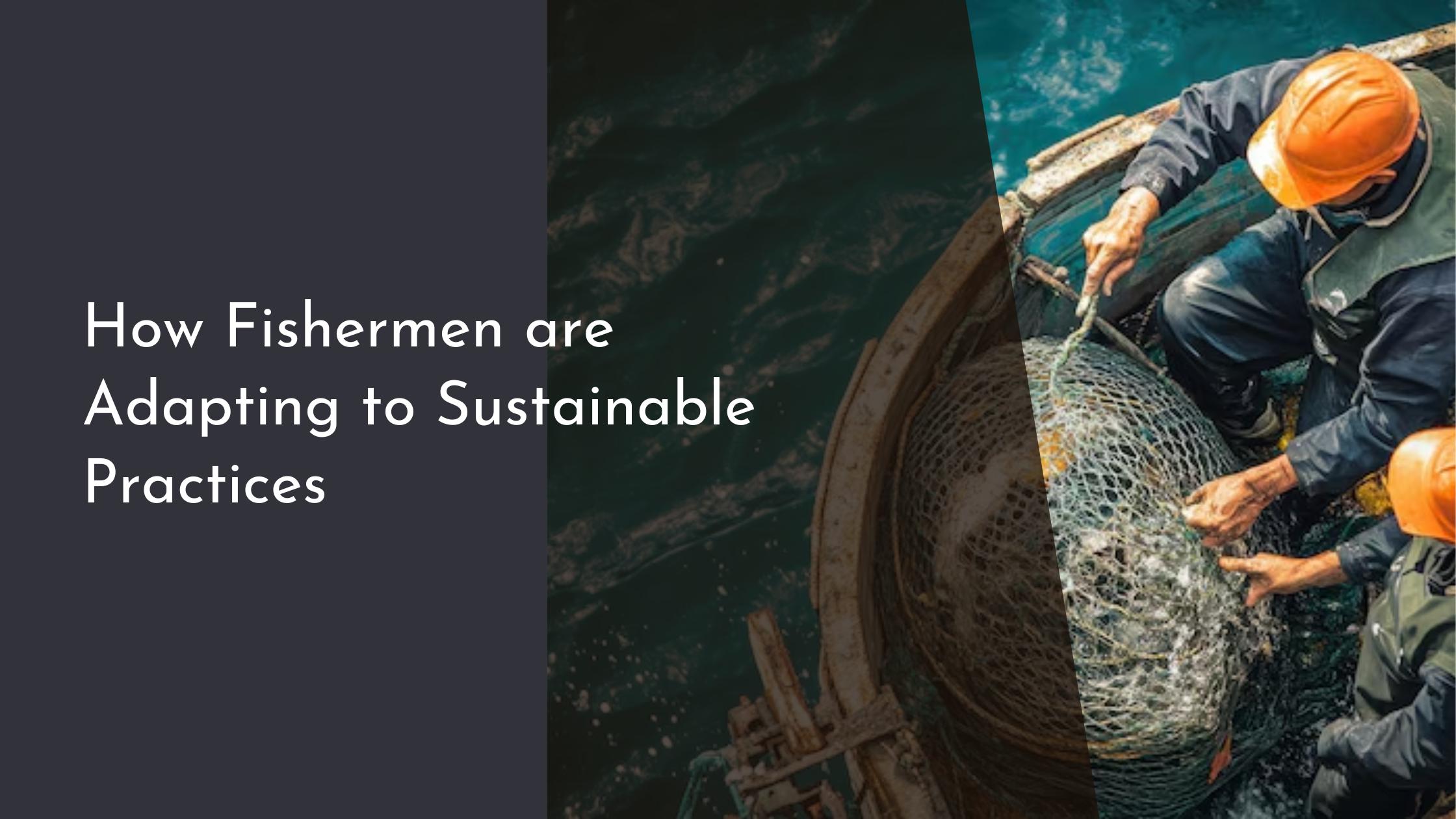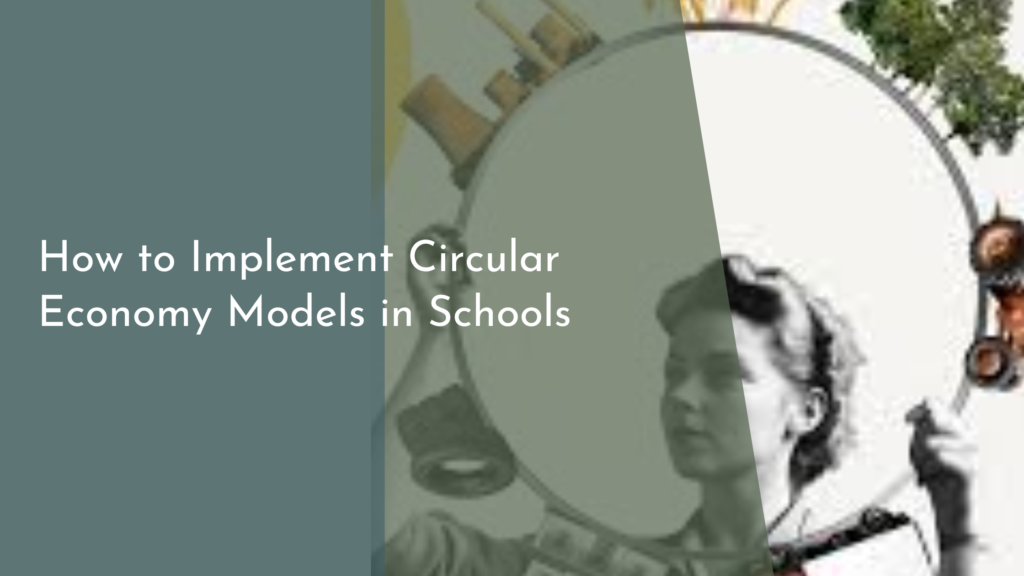How Fishermen are Adapting to Sustainable Practices
In recent years, the fishing industry has been undergoing a significant transformation driven by the urgent need to protect our oceans and marine ecosystems. As awareness of environmental issues grows, fishermen worldwide are increasingly adopting sustainable practices to ensure the longevity of their livelihoods and the health of the ocean. This article explores how fishermen are embracing change, from adopting eco-friendly techniques to innovating gear, collaborating with communities, and witnessing the positive impacts of these sustainable efforts.
Embracing Eco-Friendly Fishing Techniques
Fishermen are increasingly turning to eco-friendly fishing techniques to reduce their impact on marine environments. One popular method is the use of selective fishing practices, which aim to catch only the target species while minimizing bycatch—unintended capture of non-target species like dolphins, turtles, and juvenile fish. Techniques such as using circle hooks, which are less likely to be swallowed by marine creatures, and employing fish aggregating devices that help in catching specific species, are gaining traction. These innovations not only safeguard marine biodiversity but also enhance the sustainability of fish stocks, ensuring that future generations can continue to harvest from the sea.
Another sustainable technique gaining popularity is the practice of ‘no-take’ zones or marine protected areas (MPAs), where fishing is restricted or prohibited. These zones provide safe havens for marine life to breed and thrive, contributing to the replenishment of fish stocks in the surrounding areas. By adhering to regulations and supporting the establishment of MPAs, fishermen are playing a crucial role in preserving ocean ecosystems. These efforts exemplify a growing recognition among fishermen of their responsibility to balance economic needs with environmental stewardship.
Innovations in Fishing Gear and Equipment
The development and implementation of innovative fishing gear are playing a pivotal role in promoting sustainable fishing practices. One significant advancement is the creation of biodegradable nets that reduce the risk of ghost fishing—a phenomenon where lost or discarded nets continue to trap marine life. Unlike traditional plastic nets, these biodegradable alternatives decompose over time, minimizing their long-term impact on the environment. By opting for such gear, fishermen are actively contributing to cleaner and healthier oceans.
Another noteworthy innovation is the enhancement of fish-finding technology, which allows fishermen to locate and harvest fish more efficiently, reducing the time spent at sea and the fuel consumed. Technologies like sonar and GPS systems are becoming increasingly sophisticated, enabling fishermen to target schools of fish with greater precision. This not only reduces the environmental footprint of fishing operations but also increases the economic efficiency of their activities. By adopting advanced equipment, fishermen are demonstrating that sustainability and profitability can go hand in hand.
Community Efforts and Collaborative Initiatives
Communities across the globe are coming together to support sustainable fishing practices through collaborative initiatives. Fishermen, local governments, and environmental organizations are joining forces to develop and implement community-based management plans that prioritize the health of marine ecosystems. These plans often involve setting quotas, limiting fishing seasons, and establishing no-fishing zones to ensure that fish populations can regenerate. By working collaboratively, communities are fostering a sense of shared responsibility and commitment to sustainable fishing.
Education and awareness campaigns have also become an integral part of community efforts to promote sustainable fishing. Fishermen are being educated about the importance of sustainable practices and the long-term benefits they bring to both the environment and their livelihoods. Workshops, seminars, and hands-on training sessions are helping fishermen adopt new techniques and technologies, equipping them with the knowledge and skills needed to fish sustainably. These initiatives create a supportive environment that encourages fishermen to embrace change and work towards a more sustainable future.
The Positive Impact of Sustainable Fishing Practices
The shift towards sustainable fishing practices is yielding positive outcomes for both marine ecosystems and the fishing industry. By reducing bycatch and allowing fish populations to recover, sustainable practices help maintain the balance of marine life and ensure healthy seafood stocks. This not only benefits marine biodiversity but also increases the availability of fish for future generations. Sustainable fishing practices are essential for preserving the health of our oceans, which play a crucial role in regulating the Earth’s climate and supporting diverse ecosystems.
Moreover, the adoption of sustainable fishing practices is enhancing the economic resilience of fishing communities. By ensuring the long-term viability of fish stocks, fishermen can secure their livelihoods and continue to provide for their families. Sustainable practices also open up new market opportunities, as consumers become more conscious of the environmental impact of their seafood choices. Eco-certifications and labels are gaining popularity, allowing fishermen to differentiate their products and appeal to environmentally conscious buyers. This shift towards sustainability is not only benefiting the oceans but also creating a brighter future for those who depend on them.
In conclusion, the journey towards sustainable fishing is a testament to the resilience and adaptability of fishermen around the world. By embracing eco-friendly techniques, innovating gear, collaborating with communities, and witnessing the positive impacts of their efforts, fishermen are carving out a sustainable path for the future. These changes not only protect marine ecosystems but also ensure the continuation of a vital industry that supports millions of people worldwide. As the movement towards sustainability gains momentum, it serves as a hopeful reminder that positive change is possible when individuals, communities, and industries come together to protect our planet’s precious resources.


